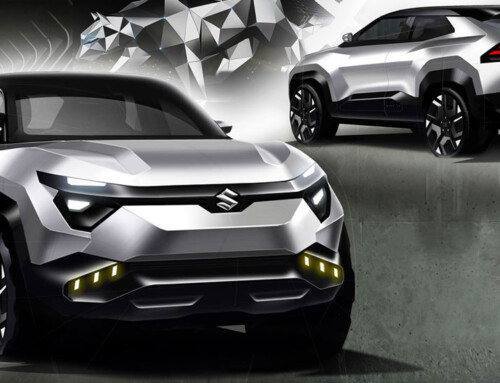The Bravo and Brava represented Fiat’s first step along the road of 3- and 5-door product differentiation. That concept is further advanced on the Stilo, a project that has produced two profoundly different architectures thanks to the flexibility of Fiat’s new modular floorpan.
Nevio Di Giusto, Fiat Auto’s product engineering chief (a role that gives him supervisory powers over the styling operations coordinated by Humberto Rodriguez) explains that the Stilo was created to meet the very specific needs of the multifaceted Segment C. And at the same time, the aim was to maximise the user’s perception of quality.
The 3-door is the more aggressively sporty, given a tailgate which evokes memories of a compact coupé. Earmarked for family use, the 5-door shifts the emphasis to practicality and versatility, its higher H point allowing higher-set seats that make this version easier to get in and out of. On this 5-door version, the two sections of the rear bench seat with its 40/60 split are designed to slide forward or recline independently.
Inside and out the Stilo has a very German look at first glance. As Di Giusto again explains: “Being concerned with perceived quality, we concentrated on choosing the materials and features motorists liked best. In fact we may have taken more of a lead from our customers than we have in the past. We couldn’t afford to get it wrong, if we were to regain the position we deserve in the European market. So we concentrated on creating a product that would deliver a message of the highest possible quality. In the process we clothed our new car in a markedly “pan-European” skin, reserving our more distinctively Italian creativity for a few of the details”.
The Stilo marks a significant departure for Fiat Auto design in matters of quality and content, something that will overflow onto future Fiat Auto products.
The exploration of new architectures will continue to be a Fiat brand “must” in the years to come, so that we can expect to see highly innovative new models that develop new concepts of mobility. As far as the relationship with General Motors is concerned, any synergies will be confined to aspects imperceptible to the motorist: in appearance and performance in other words, brand strategies will remain fiercely competitive.
The earliest exploratory sketches for the Stilo date back to the Summer of 1998 when three proposals from the Fiat Style Centre made the short list: by designer Mauro Basso (the one selected for development) Aaron Hawkins and Thomas Sälzle. The man in charge of the entire project was Peter Fassbender, while Peter Jansen coordinated the interior design work.
The article continues in Auto & Design no. 129










